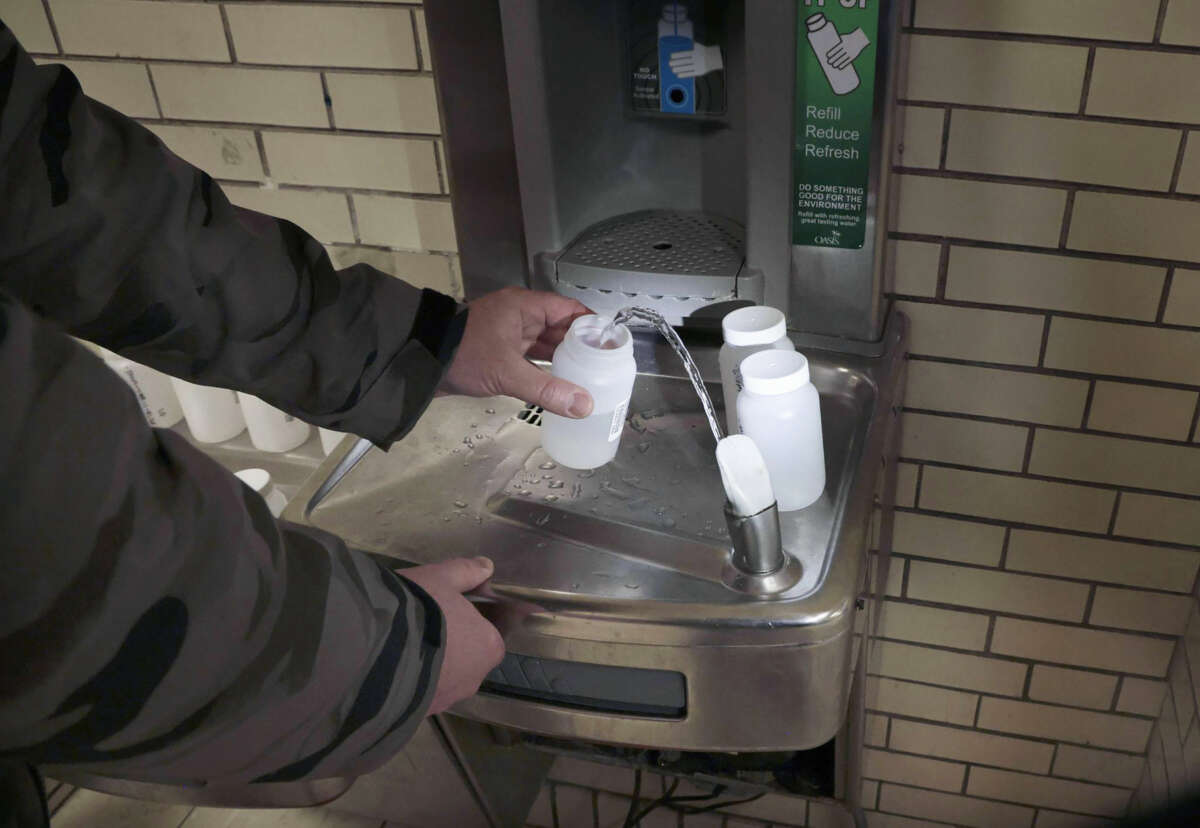U.S. environmental regulators are failing to adequately account for how extensively vulnerable communities are exposed to contaminated drinking water, a new study has determined.
From 2018-2020, one in ten people in the United States were exposed to water quality violations that could impact their health, the study found. And roughly 70% of those affected are considered “socially vulnerable” under a range of factors that include race, language, disability, and housing vacancy rates.
The exposure risk was particularly noteworthy for Hispanic populations throughout the southwest and southcentral U.S. And when looking at people living on tribal lands, the numbers were more alarming: three in ten people were exposed to health-based water quality violations, the researchers found.
Overall, the number of people exposed to drinking water violations is more than three times greater than the number of people identified by the Environmental Protection Agency (EPA), according to the analysis. The authors note that current federal environmental justice tools leave out other factors important for identifying inequities in water quality.
“The current White House and EPA [environmental justice] tools do not seem to be appropriate for drinking water,” said lead author Bridget Scanlon, senior research scientist with the Bureau of Economic Geology at the University of Texas.
The findings add to evidence that broad swaths of the population are struggling to access clean drinking water, and they come at a critical time, as the Biden Administration and US states are deploying funds aimed at addressing drinking water access and quality around the country.
The EPA has pledged $50.4 million in funding for states to improve drinking water infrastructure for small, underserved, and disadvantaged communities. More broadly, the White House has earmarked more than $50 billion to improve U.S. water infrastructure.
By not fully accounting for the people impacted by water quality violations, the program is in danger of falling short, the authors of the new paper warn.
Understanding the link between drinking water quality violations and social vulnerability is “essential” in deploying the newly available drinking water infrastructure funding, the authors state in the paper.
The study, which was published in the journal Environmental Research Letters Sept. 5, was led by researchers from the Jackson School of Geosciences at the University of Texas in Austin and funded by the EPA. The researchers used water quality data along with several factors for defining disadvantaged communities and social vulnerability that extended beyond the current standards.
Current environmental justice tools limit measurement of drinking water quality issues to areas near known contamination zones, such as designated superfund sites, and social vulnerability is largely determined by county or zip code data on income levels, the researchers said. To do their analysis, the researchers used a new database of community water system (CWS) service areas, water quality violation records and a modified “social vulnerability index.”
The dominant causes of violations in community water systems were disinfectants and disinfection byproducts, the researchers said, followed by naturally occurring contaminants such as arsenic. Nitrate contamination, largely due to fertilizers used on farms, was another identified factor in the water quality violations.
In their paper, the researchers said their work has implications for state allocations of government infrastructure funding and they urge the government to adopt a “broader definition” for identifying disadvantaged communities.
4 Days Left: All gifts to Truthout now matched!
From now until the end of the year, all donations to Truthout will be matched dollar for dollar up to $44,000! Thanks to a generous supporter, your one-time gift today will be matched immediately. As well, your monthly donation will be matched for the whole first year, doubling your impact.
We have just 4 days left to raise $44,000 and receive the full match.
This matching gift comes at a critical time. As Trump attempts to silence dissenting voices and oppositional nonprofits, reader support is our best defense against the right-wing agenda.
Help Truthout confront Trump’s fascism in 2026, and have your donation matched now!
